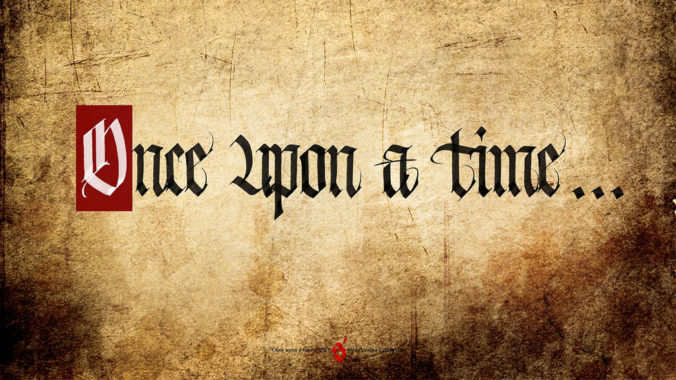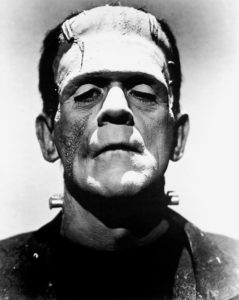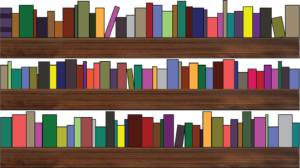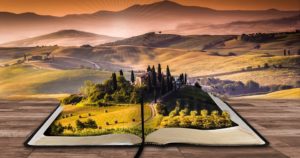Hello again, class.
There’s a lot of poetry out there, so I’m following up on my last post about my favorite poems! Be sure to check out my previous post to see the poems I’ve already written about.
I’ve included links to Poets.org for the full poems below. (Once again, as sort of a disclaimer, I’ve only chosen English poetry…I have zero expertise in poetry from other languages, and I wish I did. These are some of the best English-language poems I know.)
- “On Being Brought from Africa to America” by Phillis Wheatley
This poem is not one I would usually call a favorite, but it’s grown on me for its subtlety. Wheatley was one of the first black poets in America, and her work challenged beliefs about racial treatment and humanity. In this poem, Wheatley praises God’s mercy for being revealed to her, and celebrates God leading her to a new land. She carefully warns others that anyone can be a Christian, and anyone can be redeemed—even men and women from Africa. That’s a message that was sorely needed at the time, and has challenged prejudice and injustice to this day.
- “O Me! O Life!” by Walt Whitman
If you’ve ever seen Dead Poets Society, you know this one. Whitman asks the “To be or not to be” question: what’s the point of life? What good comes from living? The answer is that the powerful play of life goes on, and we can contribute a verse to that play. The poem is a simple and powerful understanding of life, worth reading every time.
- “The Waste Land” by T. S. Eliot
A professor once told me that the best way to read and understand this poem is to get very drunk (his exact word was PLASTERED) and then read it. While I haven’t followed his advice, I can see where he’s coming from—this is a very long and complicated poem, and all of the helpful meaning has been filtered out. But it also captures the chaos and decay of the time; Eliot’s thoughts on the collapse of society, the terror of war, the brave new world around the corner . . . the poem does a really great job of capturing those themes. I discover something new every time I read it.
- “Lady Lazarus” by Sylvia Plath
I know of no other poem about suicide, and I certainly don’t know any piece of art that glorifies it in this way. It’s off-putting, but it continues to draw me in. Sylvia Plath, who committed suicide in 1963, was writing about such dark themes very personally, and this poem reflects it by including Nazi imagery and graphic moments of bodily decay. It’s hard to read about her suicide attempts, but it is powerful, emotional poetry that shakes me.
- “The Choice” by Morri Creech
The link above is to a picture of this poem on a wall in Charlotte, NC—I couldn’t find the poem anywhere else. It’s a simple poem about two people in love, but it’s also about the choice to love someone . . . a choice we face again and again. It’s a choice people face when they meet for the first time, and it’s a choice years later. But there is also the question that something external chose these lovers: God, the universe, or maybe the luck of the draw. It’s empowering and humbling poetry. The man who wrote it was a professor of mine in college, who continuously inspired me to write, and for that it’s personally special as well.
- “From Citizen, VI [On the train the woman standing]” by Claudia Rankine
This piece of prose poetry is from Rankine’s incredible Citizen: An American Lyric (2014), portraying racism in modern America. Rankine describes a train (or any and all public spaces) where a black man sits next to an empty chair while another woman stands, uncomfortable sitting next to him. The speaker sits next to him, and in that simple action they form a bond that is close to family—a defiance of racial attitudes, of fear, and of injustice. Most of Citizen does this as well, but this is one of the more powerful passages.
Make sure to take a look at each of these! In the comments, tell me your favorite poems—I’m always down for reading more poetry.
Until next week,
Prof. Jeffrey


 Overcoming the Monster (that’s, like, the millionth time I’ve mentioned this one—take the hint, it will be on the test)
Overcoming the Monster (that’s, like, the millionth time I’ve mentioned this one—take the hint, it will be on the test) A professor once told me that there are two ways to start a story—either a stranger comes to town, or someone decides to leave. Whatever happens from there changes everything. Somehow, that simple prompt is both challenging and comforting.
A professor once told me that there are two ways to start a story—either a stranger comes to town, or someone decides to leave. Whatever happens from there changes everything. Somehow, that simple prompt is both challenging and comforting.
Recent Comments